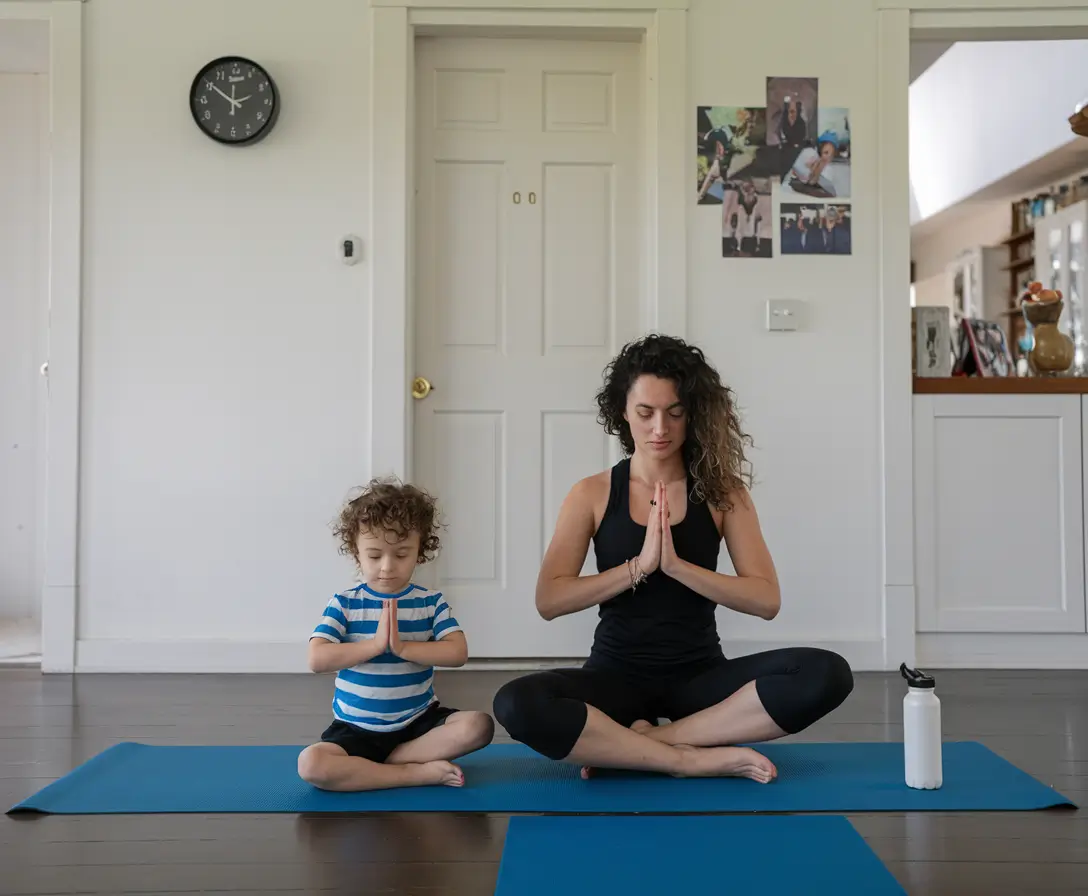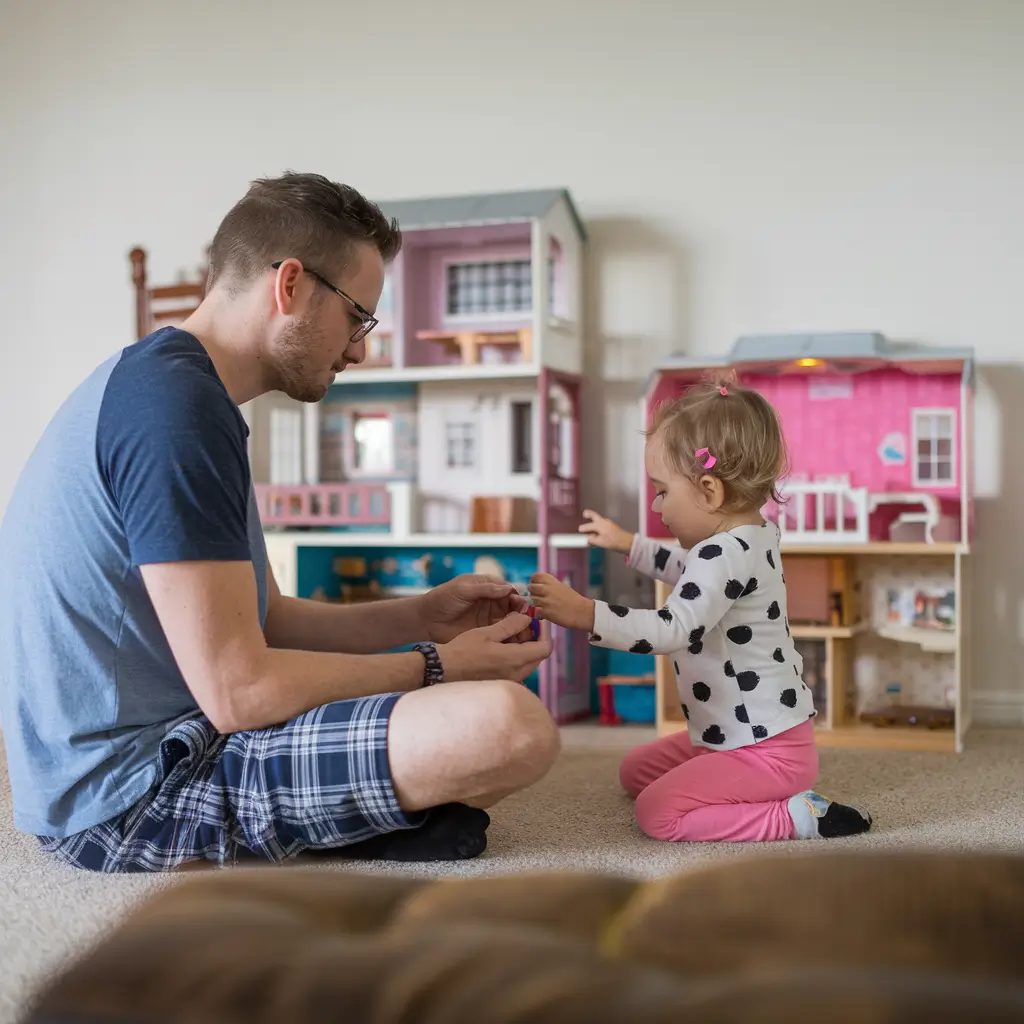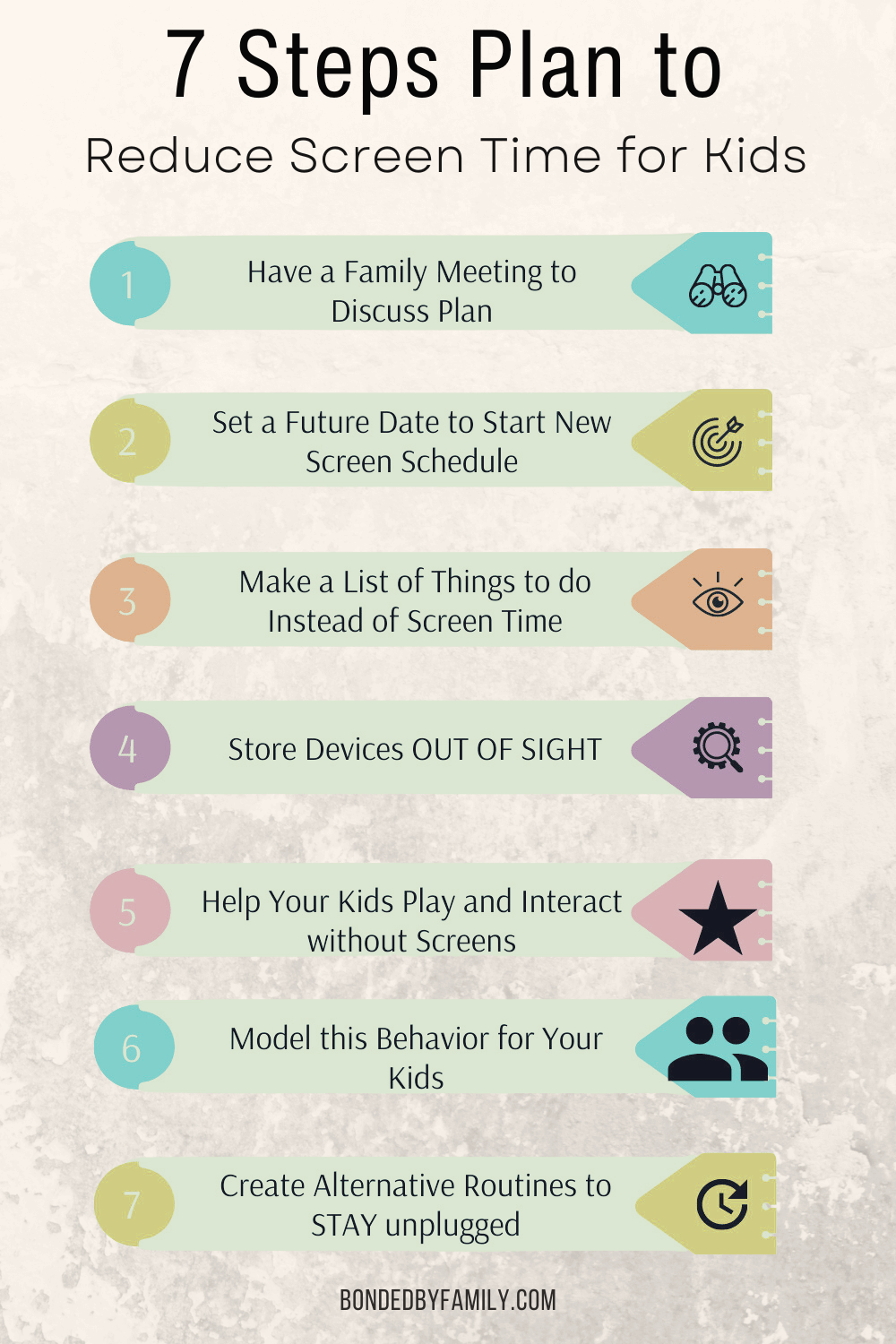Want to reduce screen time for kids but don’t know where to start? You’re not alone in this digital dilemma. Picture this familiar scene: You walk into a dimly lit room where your children sit motionless, their faces illuminated by the eerie glow of their devices. Despite calling their names repeatedly, they remain lost in their digital trance, completely detached from the real world around them.
When they finally look up, there’s something unsettling about their glazed-over expressions. Your vibrant, energetic children have temporarily transformed into screen-absorbed zombies. Sound familiar? You’re not alone in this modern parenting predicament.

Let me share something straight from the heart – I’ve walked in your shoes. As a parent of three, I’ve grappled with the nagging worry about my kids’ relationship with screens. Those endless YouTube videos, the constant social media scrolling, and the seemingly magnetic pull of video games had me questioning their impact on my children’s emotional and social development.
Despite our family’s best efforts to promote outdoor adventures and curl up with good books, the allure of digital devices often seemed to win the battle for their attention. And here’s where things get serious – the research backs up our parental concerns.
Why We Must Reduce the Screen Time for Kids: The Science Speaks
The science behind excessive screen use paints a sobering picture:
Sleep patterns take a significant hit, particularly in children under ten who use portable devices before bedtime. Think of it as their internal sleep clock getting scrambled by all that artificial blue light.
Remember how we used to run around until sunset? Well, studies show a troubling connection between excessive TV viewing and childhood obesity. It’s simple math – more screen time equals less physical activity.
But wait, there’s more. Children spending over two hours daily glued to screens often demonstrate lower cognitive performance and academic achievement. Dr. Skyler Kalady from Cleveland Clinic explains that this happens because young minds need real-world exploration to develop crucial motor skills.
Here’s the plot twist – not all screen time spells doom. Quality educational content, like certain television programs, can actually boost social behaviors and academic performance in young learners. The secret lies in striking the right balance.
Seven Steps to Screen-Free Sanity
Let’s dive into a practical game plan that won’t make your kids feel like they’re being punished. Trust me, this approach works – I’ve tested it in the trenches of my own home.
Step One: Rally the Troops for a Family Pow-wow
First things first – gather your crew for an honest chat. Instead of laying down the law, try opening with something like, “Hey, I’ve noticed we’re all spending a lot of time with our screens. What do you think about that?”
You might be surprised by what you hear. When I broached this topic with my six-year-old daughter, she actually confessed to feeling not-so-great about her own screen habits. Who knew?
The experts at the American Academy of Pediatrics have some solid guidelines to keep in mind:
For the tiny tots (under 18 months): Keep it screen-free, folks. They need real-world experiences like stacking blocks and making messes.
The preschool crowd (ages 2-5): Cap it at one hour daily, and make it quality stuff. Think less mindless cartoons, more educational content you can watch together.
School-age kiddos (6 and up): Set consistent boundaries that don’t interfere with sleep, physical activity, or other healthy behaviors.
The big kids (10-18): The CDC suggests keeping it between 1-2 hours daily. Yes, even for your teen who insists they’ll “literally die” without their phone.

Step Two: Pick Your D-Day (Digital Detox Day)
Choose your starting date strategically. Maybe begin on a weekend when you can be fully present to help manage the transition. Mark it on the calendar, build some excitement around it, and prepare for the great unplugging.
Step Three: Stock Your Boredom-Busting Arsenal
Let’s get real – the moment you implement these limits, you’re guaranteed to hear the dreaded “I’m bored!” approximately 47 times per hour. Beat them to the punch by creating an engaging alternative activities list.
Here’s what worked wonders in our house:
For the outdoor adventurers:
- A good old-fashioned wiffle ball set (perfect for impromptu backyard tournaments)
- Soccer balls (because nothing beats running around until you’re delightfully exhausted)
- Sidewalk chalk (our driveway has hosted everything from hopscotch championships to amateur art galleries)
For indoor entertainment:
- LEGO bricks (warning: you will step on them, but the creative play is worth the pain)
- Play-Doh (yes, it will get in the carpet, but remember – we’re building memories here)
- Art supplies (because every refrigerator needs more masterpieces)

Step Four: The Great Device Migration
Here’s a hard truth: expecting kids to resist the siren call of a visible iPad is like placing a chocolate cake in front of them and asking them not to touch it. Move those tempting devices to a less accessible spot. Being out of sight really helps keep them out of mind.
Step Five: Become Their Play Partner
Sometimes our kids need a gentle nudge into the world of imagination. My daughter was initially skeptical about “boring” non-screen activities until we started having epic stuffed animal tea parties together. Now she’s the one organizing elaborate pretend scenarios.

Step Six: Walk the Walk
Let’s have a moment of honesty here – how often do you catch yourself mindlessly scrolling through your phone? Our kids are watching, and they’re taking notes. If we want them to embrace life beyond screens, we need to model that behavior ourselves.
Step Seven: Establish New Routines
The key to making this stick? Create new routines that don’t revolve around screens. That after-school device grab? Replace it with a snack and chat session about their day. Those pre-bedtime tablet games? Switch them out for family storytime.

The Light at the End of the Digital Tunnel
Here’s the beautiful thing – kids are remarkably adaptable. Within days of implementing our new approach, my children were rediscovering the joy of actual play. Now our house rings with laughter, creative chaos, and genuine connection.
Sure, we still enjoy our screens occasionally – movie nights are sacred in our household, and rainy days sometimes call for video game tournaments. But they’re no longer the main attraction in our family’s story.
And you know what? The only time we see those zombie-like expressions now is during our family dance parties when we’re all trying to nail the “Thriller” choreography. Now that’s the kind of screen-free fun I can get behind.
Remember, you’re not just limiting screen time – you’re opening up a whole new world of possibilities for your family. And trust me, the view is much better when you’re not looking at it through a screen.